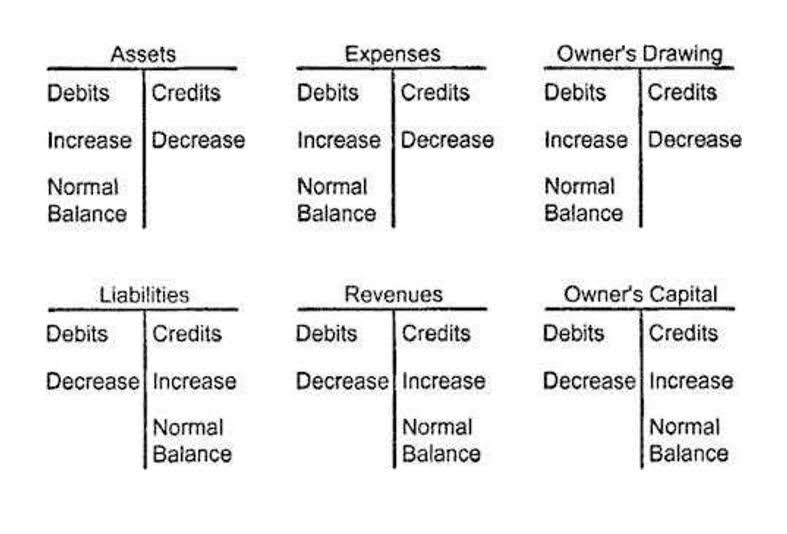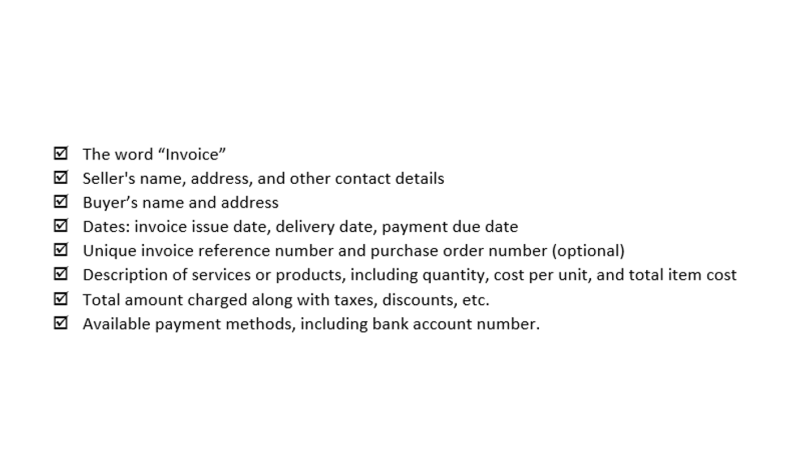In these cases, line 13 will be the total of line 6b and 11 or 12, depending. Since these tax credits are not deductions, they generally reduce the amount of tax the claimant owes, which can create a tax refund. The tax credit is also not a “discount” as taxpayers pay the cost of the improvements when they are done, and then claim the credit from the IRS when filing their tax returns. This credit covers 30% of the total cost—including labor and installation. There’s no annual cap and no upper limit, making it one of the most significant tax credits for homeowners under federal income tax rules.
- Once you complete this form, switch over to Form 5695 to start calculating your residential energy credits.
- The value you filled on line 15 is the amount the IRS will credit on your taxes this year.
- The amount of cost allocable to Bruce is $6,668 ($16,670 x $8,000/$20,000).
- If your credit is higher than your total tax liability, the remainder of the credit can be rolled over and applied to a future tax return.
- For tax years 2023 through 2032, this credit has increased from 10% of expenditures to 30% of expenditures (not including installation costs).
Conclusions and Next Steps for Claiming Residential Energy Credits
It’s about being proactive, not reactive—taking small, smart steps throughout the year to reduce your tax burden, increase your savings, and keep more of your hard-earned money working for you. A home energy audit allows a homeowner to identify the most significant and cost-effective energy improvements for their primary residence. These costs can include labor costs for onsite preparation, assembly, and original installation. However, this must have been placed in service by the taxpayer in the current tax year. If you selected Yes in Line 5a, enter the qualified battery technology costs. Include on lines 22a, 23a, 24a, 25a, 29a, 29b, and 29c any labor costs properly allocable to the onsite preparation, assembly, or original installation of the property.
The IRS Form 5695 offers nonrefundable tax credits for a percentage of the cost of eligible energy-efficient home upgrades. For example, heat pumps, central air conditioners, and biomass stoves qualify for a 30% credit up to $500. Meanwhile, insulation, windows, doors, and roofs have a 10% credit up to $500 lifetime limit. When claiming these credits, taxpayers must calculate the correct percentage of the cost and stay within the stated limit.
Tickmark, Inc. and its affiliates do not provide legal, tax or accounting advice. The information provided on this website does not, and is not intended to, constitute legal, tax or accounting advice or recommendations. All information prepared on this site is for informational purposes only, and should not be relied on for legal, tax or accounting advice. You should consult your own legal, tax or accounting advisors before engaging in any transaction. The content on this website is provided “as is;” no representations are made that the content is error-free.
Seek advice from a tax professional to ensure proper documentation and adherence to credit limits each tax year. Exploring different tax credits available can provide significant benefits for homeowners. This can help offset the costs of installing energy-efficient upgrades in your home.
If you are looking to claim a tax credit for the 2022 tax year, the ENERGY STAR website contains important information regarding qualifying requirements for each of these improvements. If you checked Yes, you can only claim the energy efficient home improvement credit forqualifying improvements that were not related to the construction of the home. Enter the total costs for any irs 5695 instructions qualifying geothermal heat pump property. For purposes of taking the credit, you can rely on a manufacturer’s certification in writing that a product is qualified energy property. Enter the full address of each home where you installed qualified residential energy property. Qualified battery storage technology costs are costs for battery storage technology that is installed in connection with your home located in the United States and has a capacity of at least 3 kilowatt hours.
Check the instructions for Form 5695 to see if your energy system qualifies. If it does, check Yes on line 5a, and enter the qualified battery technology costs on line 5b. The energy efficient home tax credit, formerly known as the residential energy credits, can be claimed on IRS Form 1040. The Inflation Reduction Act of 2022 has also made it easier for homeowners to take advantage of these credits. The IRS offers two different tax credits for energy property. It is known as the Residential Energy Credits and renamed the Energy Efficient Home credits.
Organizing Supporting Paperwork for Claims
These credits were established under the Investment Tax Credit and the Inflation Reduction Act of 2022. Also use Form 5695 to take any residential energy efficient property credit carryforward from 2019 or to carry the unused portion of the credit to 2021. Additionally, beginning in 2023, battery storage technology expenditures will be covered by the same credit. However, the fuel cell property credit has its own limit of $500 for each 0.5 kilowatt (kw) of capacity.
Step 1: Download Tax Forms
This credit available through 2022 can reduce your tax bill for some of the costs you incur to make energy-efficient improvements to your home. Your tax credit is up to 10 percent of these costs, with a maximum total lifetime credit of $500 and a lifetime limit of $200 for the windows portion. When filing Form 5695, you will need to provide details on the energy efficient improvements made, the cost of making those improvements, and determine if you meet eligibility requirements for the credits. The form includes worksheets to calculate the exact credit amounts you can claim. Proper documentation ensures you can claim residential energy credits with confidence—and helps your tax preparer file an accurate federal income tax return.
Enhancing Home Efficiency with Insulation and Air Sealing
You cannot claim the energy efficient home improvement credit, and you should not complete Part II. Determine the kilowatt capacity of the fuel cell property. Multiply this number by $1,000 and enter the total into Line 10.
Figure the amount of the credits shown in the credit limitation worksheet if you take those credits on your return. If line 29e is more than $2,000, then the credit allocable to you is further limited. The denominator is the total amount paid by you and all other occupants for the item of property.
- So in summary, the credits are widely available to taxpayers who own residential properties and install qualifying energy-efficient improvements.
- If you’re considering solar or you already have a solar system on your property, you’ve probably heard about the federal solar tax credit, also known as the Investment Tax Credit (ITC).
- The energy efficient home improvement credit has been extended to 2032.
- If you selected Yes in Line 5a, enter the qualified battery technology costs.
- Proper organization will streamline the process if you ever need to produce documentation to the IRS to substantiate your claims.
Include any labor costs properly allocable to the onsite preparation, assembly, or original installation of the residential clean energy property and for piping or wiring to interconnect such property to the home. The credit amount for costs paid for qualified fuel cell property is limited to $500 for each one-half kilowatt of capacity of the property. Claim your tax credit for fuel cells and qualified solar electric property costs. You will use IRS Form 5695 to figure the amount of the tax credit.
Residential clean energy credit limits
For specific tax advice for your situation, please contact a tax professional. Enter the amounts you paid for qualified small wind energy property. Qualified small wind energy property costs are costs for property that uses a wind turbine to generate electricity for use in connection with your home located in the United States. The residential clean energy credit (Part I) is available for both existing homes and homes being constructed. The energy efficient home improvement credit (Part II) is only available for existing homes. Palmetto is a clean energy company that believes solar power can change our world for the better, but we are not tax preparation experts.
If you made energy saving improvements to more than one home that you used as a residence during 2024, enter the total of those costs on the applicable line(s) of one Form 5695. For qualified fuel cell property, see Lines 7a Through 7c, later. The nonbusiness energy property credit is now the energy efficient home improvement credit. The credit is extended to property placed in service through December 31, 2032.
For example, let’s say that you purchase solar panels in February 2024, and they are installed during the first week of May. In this scenario, you should fill out the form whenever you are filing your 2024 taxes, which—for most people—falls in the late winter or early spring of 2025. In summary, with some planning and attention to detail, Form 5695 energy credits can put money back in your pocket while supporting environmentally-friendly home upgrades. Consult a tax professional if you need assistance determining eligibility or navigating credit calculations. In these more complicated cases, working with an EA, CPA, or tax attorney can help maximize your credits, ensure full compliance, and provide guidance based on your financial situation.
Now you need to calculate if you have enough tax liability to get the full 30% credit in one year. You must have completed sections 1 through 18 on your standard 1040 Form to get started. For this example, we’ll assume your tax liability equals $5,000. To get started, you’ll first need your standard IRS 1040 Form, IRS Form 5695, “Residential Energy Credits,” and the instructions for Form 5695.










